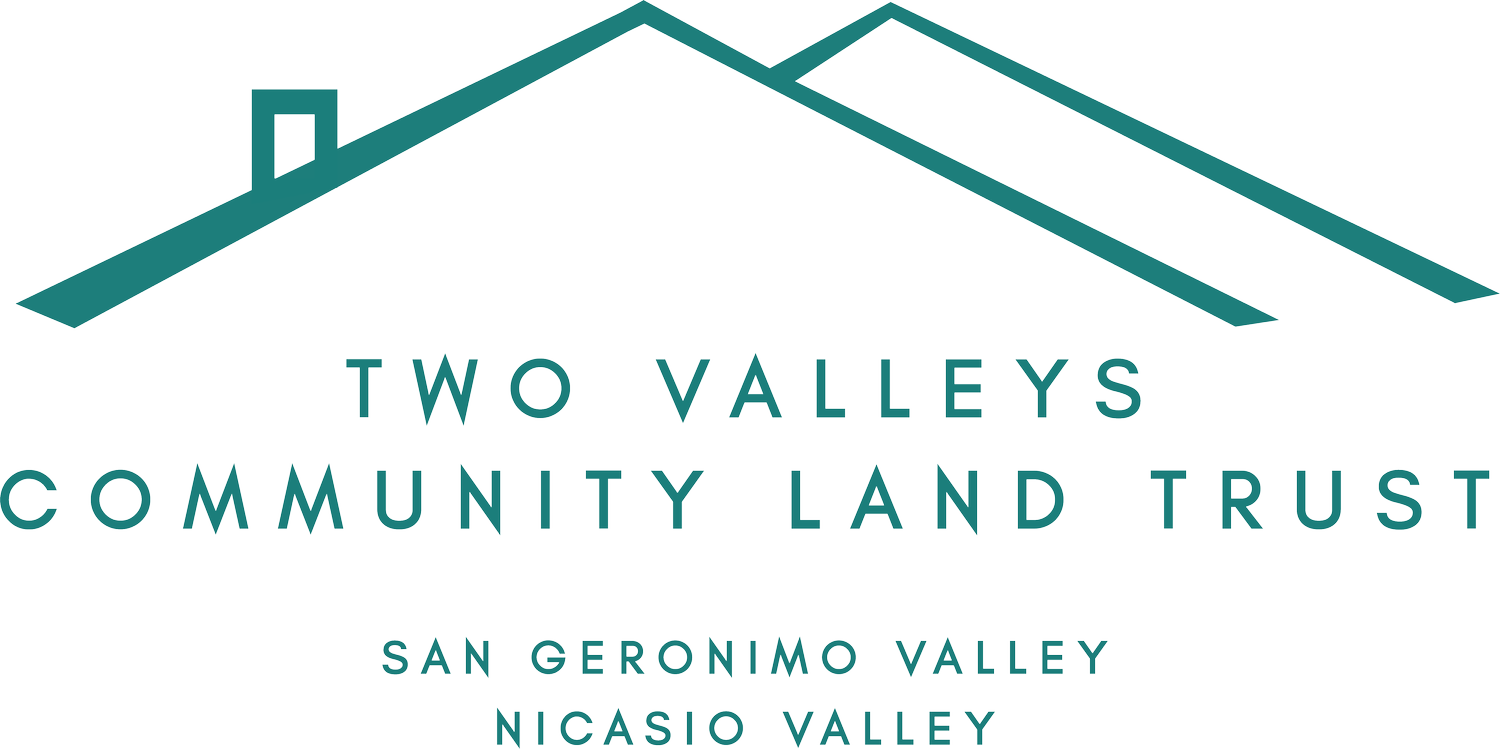What is a CLT?
A Community Land Trust (CLT) is a proven community-based model that creates permanently affordable housing. CLTs acquire real estate (land and improvements), remove it from the open market and develop it as below market housing. CLTs then manage these properties in perpetuity in an environmentally and socially responsible manner.
Depending on the property type, a CLT may choose to either rent an apartment to a qualifying individual or sell the house at a below-market rate. While in this scenario the CLT still owns the land, the qualified buyer would own their home and be able to build equity through homeownership. Most if not all CLTs are designed to promote homeownership opportunities for low and moderate-income households. When one household sells their home, the home is then preserved as affordable housing for a future low or moderate-income household. Additionally, it is typical for a land trust's board to be composed of community residents, allowing for direct, grassroots participation and community control.
The first CLT came out of the civil rights movement in the late 1960s through New Communities, Inc. This CLT was created to help African American farmers seek financial security and independence in a time of economic instability by “holding land in perpetual trust for the permanent use of rural communities” (The Community Land Trust Reader 2010).
Since then, the CLT model has gained notoriety and momentum throughout the country, and has served as a mechanism to support affordable housing. Today, there are an estimated 277 CLTs across the United States (Democracy Collaborative).
